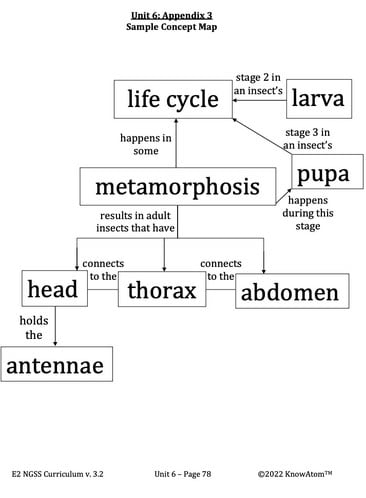Smelling and Tasting
Butterflies smell, taste, and touch things around them, just like people do. But the way they smell, taste, and touch is different.
Butterflies don’t have noses or mouths like people. They use body parts called antennae ontheir heads to smell, taste, and touch. They also use their legs.
Butterflies are a kind of animal called an insect. All insects have three body segments. All insects have six legs. The head is the front segment of an insect.
The middle segment is the thorax. The thorax holds the insect’s six legs. It also holds its wings. Butterflies use their wings to fly from place to place.
The back segment is the abdomen. An insect’s stomach is here. Food goes to the stomach.
Sipping Nectar
Butterflies have body parts to help them survive. They have to eat other living things for food because they are animals. Food gives them energy. They also need water to survive.
Many butterflies drink nectar from flowers. The nectar gives them food and water. They have a straw-like tube to suck in nectar. The tube is a proboscis. It is long and curled. It lets butterflies reach deep into plants to get nectar.








